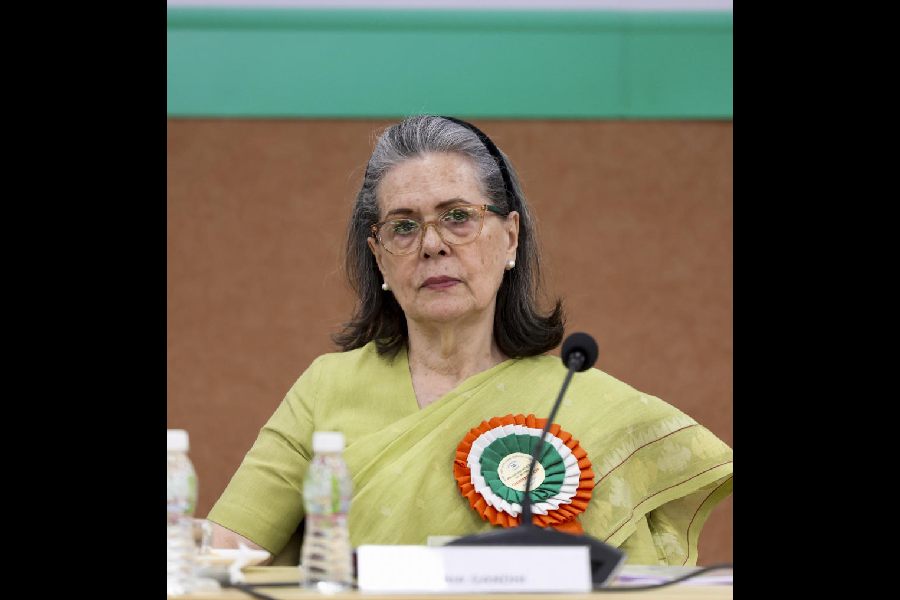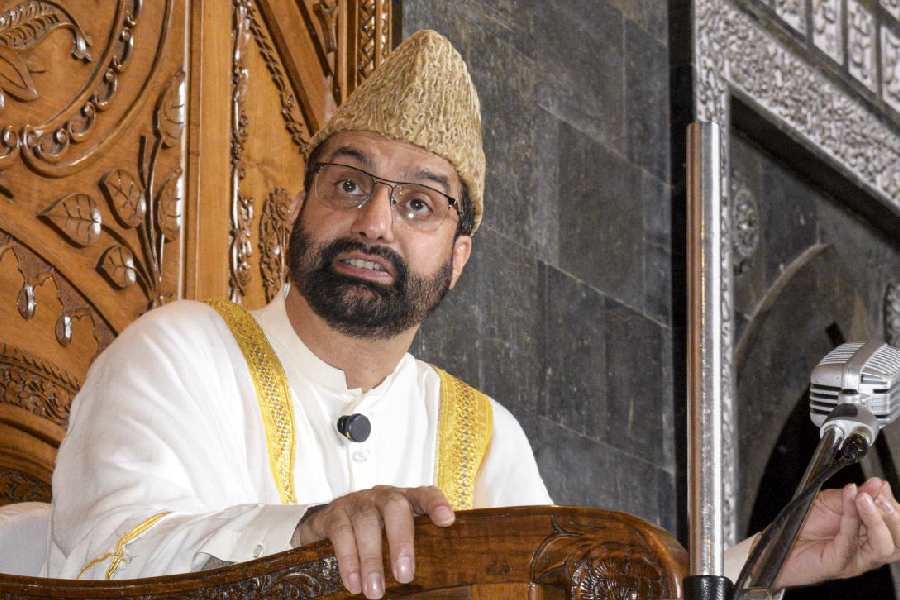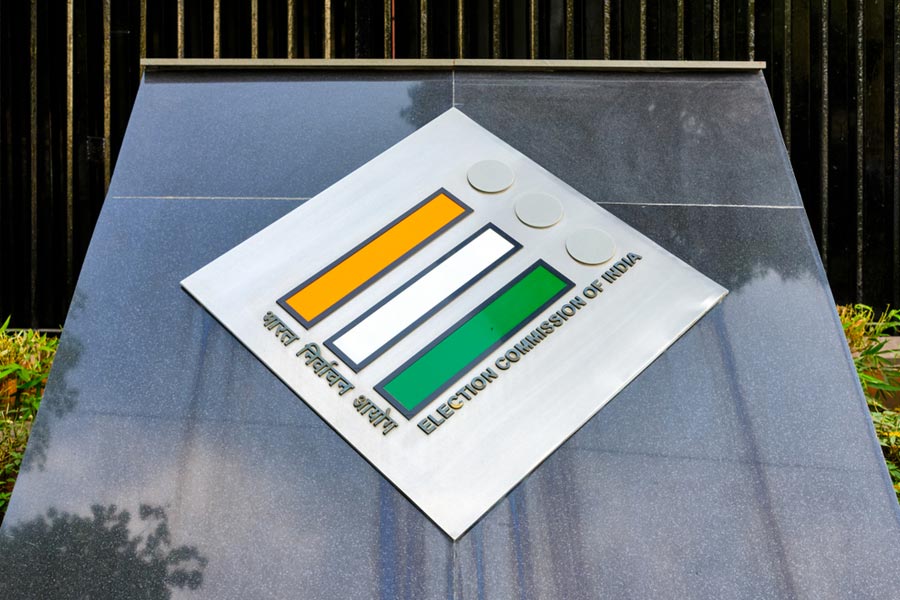 |
| Risk factor: Absence of cycle lanes endangers the life of cyclists and slows down the speed of traffic |
Cycling past the majestic Red Fort on a breezy overcast day, the wind in his hair, Ramveer doesn’t have the time to look up and admire the 17th century Mughal marvel. He is a worried man. Each ride from his home in Daryaganj to his workplace at Kashmere Gate on his cycle is fraught with danger. Sharing the road space with his modest cycle are four-tonne buses, trucks, cars, scooters, motorcycles, tractors and the odd horse-pulled tonga.
Ramveer could be any one of the thousands of Delhiites who use their bicycle as a means of transport in the city. And he is among a vast group of invisible consumers with a serious grievance that policy makers seem oblivious to. Just where is the space for a cyclist on a busy road?
The problems of the Indian cyclist were the subject of a symposium — Bicycles: The Convenient Truth — held recently in Delhi. The conference has kick-started a year-long campaign leading up to the World Car-Free day on September 21, 2008.
Professor Geeta Tiwari, a transportologist at the Indian Institute of Technology, Delhi, who was involved in designing the Bicycle Master Plan for Delhi in 1998, states that according to studies conducted, 5-20 per cent of the total traffic at any given point of time in Delhi consists of cyclists. “There is a huge mismatch between road design and actual usage, which results in chaos. This slows down the movement of traffic and increases the risk of accidents” she says.
The campaign, organised by a cycling enthusiast, Ranmal Singh Jhala, is aimed at highlighting the advantages of cycling as a means of transport and to put pressure on the government to shift its focus from automobile-priority driven polices to bicycle-friendly planning. “With global warming having become a glaring reality, it is important that our decision-makers seriously review the environmental impact of motorised transport, apart from other accompanying problems such as congestion, parking, crime, road-rage and so on,” he says. Bicycling, he stresses, should not simply be seen as a means of transport of the less privileged, but as a cheap and environment-friendly form of transport.
A bicycle-friendly policy would entail rules on special cycle tracks, parking space and policies that encourage cycling. In Delhi, only a handful of dedicated cycling tracks have been constructed along the roads. With no devoted lane for non-motorised vehicles, the cyclist is left to contend with buses and speeding cars.
The absence of cycle lanes not only endangers the lives of people travelling on cycles but also slows down speed of the motorised traffic. According to Tiwari, the uninterrupted flow of motorised traffic can only be achieved if traffic is properly segregated.
As Pradeep Sachdeva, a Delhi architect, points out, the left lane on most roads in the metros has been rendered unusable. In Delhi, for instance, since no space has been earmarked for auto stands, hawkers or pushcarts, the left side of the road is taken over by them.
“There should be equitable space allocation for all road users. At present, to solve the problem of congestion, instead of streamlining the flow of vehicles, the car carriageway is mindlessly widened,” he says.
In a city dotted with beautiful old monuments and gardens, it is only the lack of proper planning and political will that is styming the creation of bicycle lanes and routes. Martin Webb has been living in Delhi since 2006 and uses his cycle to cover short distances. He says that “it is a shame” that proper infrastructure is not provided to bicyclists. He attributes this lack of support for a bicycle-friendly transport system to the fact that cycling is seen as a “low status form of transport”.
Tiwari agrees. “Now we hesitate to even bring up the issue of cycle tracks in meetings with policy-makers as they react rather strongly and blame us for taking them back to the 1970s instead of being progressive and looking ahead,” she says.
While for the majority of cyclists, the bicycle is their means of transport, the rising popularity of bicycling as a sport has resulted in the entry of niche cycle makers such as Firefox in India. With teenagers, geared bicycles are now considered passé. The latest top-end lightweight aluminum bicycle or BMX cycles used for stunts are the rage. Even these recreational cyclists point to the lack of cycle racing tracks or spaces for practising stunts on their cycles. They are reduced to practising on isolated stretches of roads, constantly under threat of being fined by the police.
Clearly, cyclists as consumers are seeking to make their voice heard. Many believe that if powerful cycling companies speak up on behalf of their consumers, the campaign for special tracks and other facilities may get a boost.
In India, cyclists are still the most exposed and least respected commuters on the roads, even as countries across the world encourage people to reduce their carbon footprints by switching to the environment-friendly means of transport. In fact, on July 15, Paris was sprinkled with 10,000 self-service bicycles. Now a new pedalling army appears to be taming the city’s famously fierce traffic.
In sharp contrast, with the rising number of fatal accidents on the roads — last year saw 1,978 such deaths in Delhi — the need for facilities for cyclists is being felt more than ever before. If the government doesn’t step in, bikes may as well come with a warning that says: cycling may be injurious to your health.










